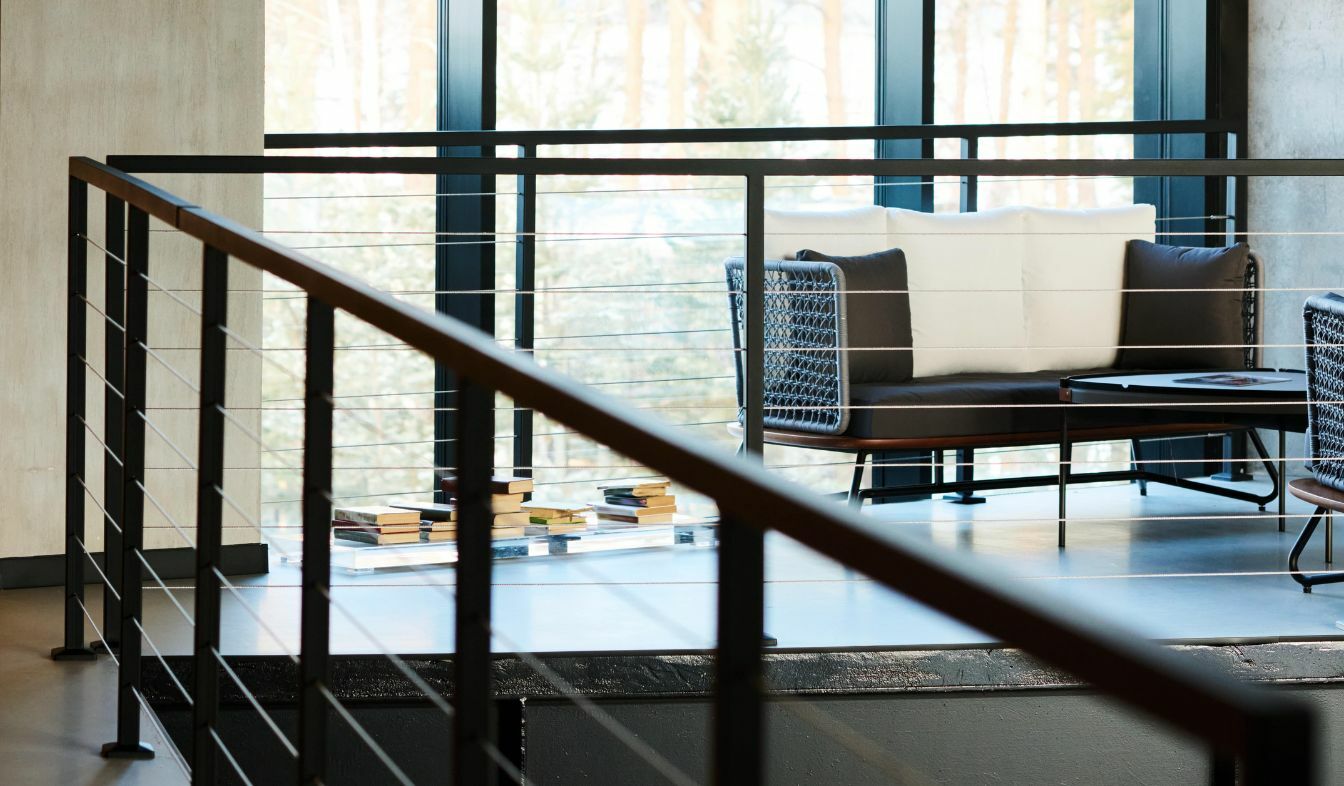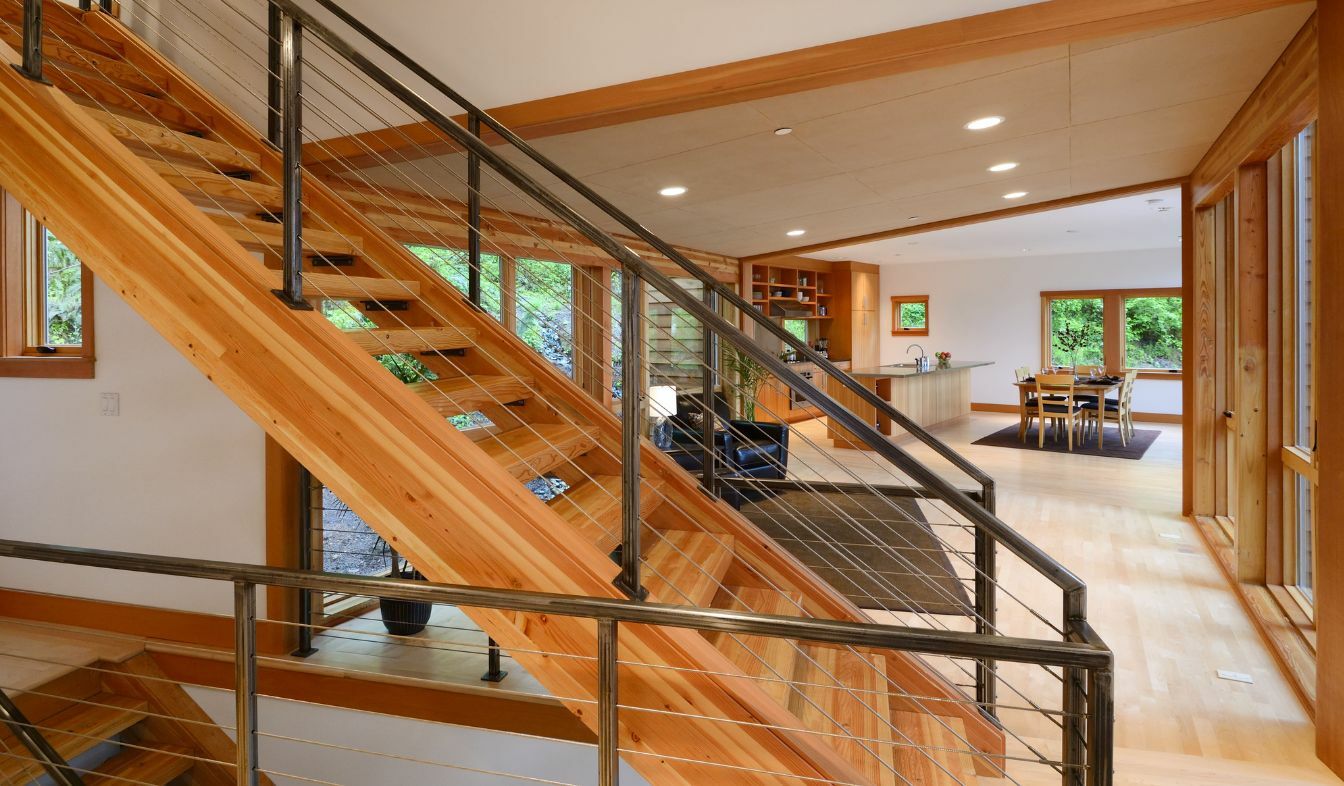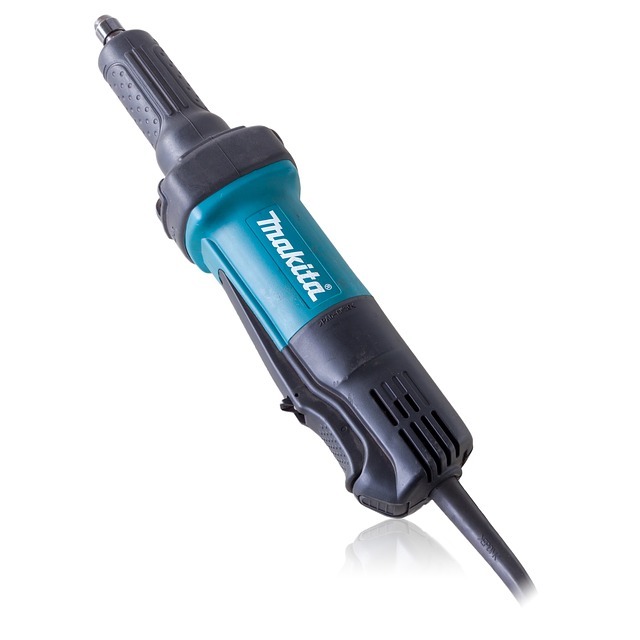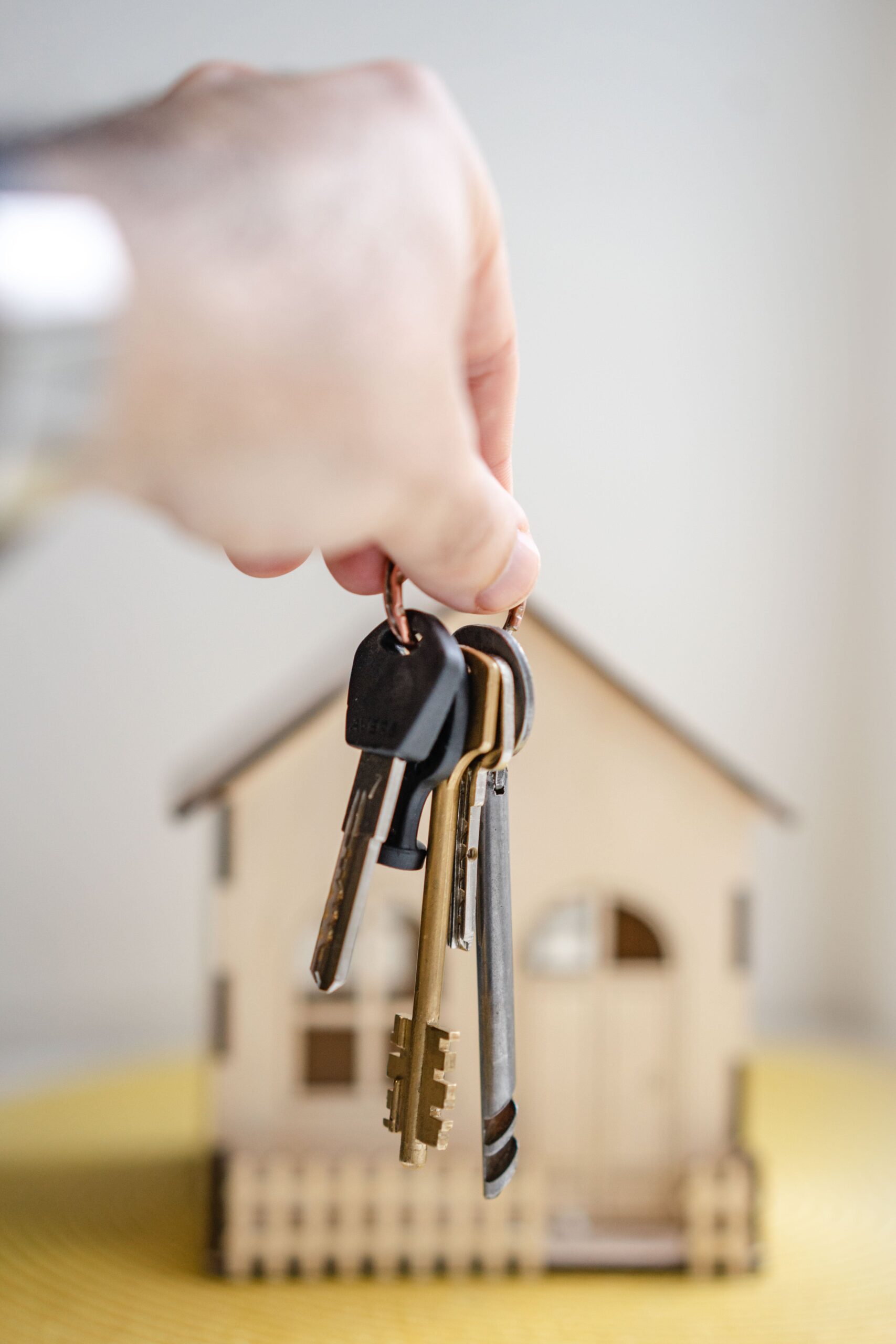Cable Wire Railing vs. Traditional Railings: Which Is Right for Your Home?

Choosing the right railing for your home can be tough. You have many options. Modern cable railing gives a sleek, modern look. Traditional railings offer a classic, timeless charm. At Los Angeles Fence Builders, we help homeowners choose the perfect railing solution that fits their style, safety needs, and budget.
Cable wire railing is popular for its durability and safety. Traditional railings are loved for their ornate designs and classic appeal. By looking at both, you'll know which fits your home's style and safety best.
Key Takeaways
- Modern cable railing offers a sleek, contemporary look.
- Traditional railings provide a classic, timeless appeal.
- Cable wire railing is known for its durability and safety features.
- Traditional railings are often chosen for their ornate designs.
- The choice between the two ultimately depends on your home's style and safety needs.
What Makes Cable Wire Railing Different
Cable wire railing stands out because it uses stainless steel cables. These cables are made from top-quality stainless steel. They are durable and don't rust easily.
Definition and Core Components
Cable wire railing systems use wire ropes as the main material between posts. The key parts are stainless steel cables, posts, and hardware for tightening and ending the cables.
The cables are between 1/8 inch and 3/8 inch thick. They look sleek and modern. They also keep the railing safe and strong

Stainless Steel Cable Options
Choosing the right stainless steel cable is important for the railing's performance. Stainless steel cable railing lasts long and needs little upkeep.
The cables can be tightened to make a solid barrier. When installed right, they are safe and look great indoors or outdoors.
Post Materials and Design Variations
The posts in cable wire railing systems can be made from wood, metal, or both. This lets homeowners pick a style that fits their home.
Homeowners can choose from modern, traditional, or a mix of styles. This makes the railing fit perfectly with their home's look.
Traditional Railing Systems Overview
Traditional railing systems are a timeless choice for homeowners. They mix classic charm with modern durability. These systems come in many materials and styles, each adding its own unique touch to a home.
Wood Railing Styles and Species
Wood railing is a classic choice, adding warmth and natural beauty. Different wood species like oak, maple, and cherry offer various looks and durability. Wood railings can be stained or painted to fit any home's style. Los Angeles Fence Builders can help you select the right wood species and finish for your project.

Wrought Iron and Metal Options
Wrought iron and metal railings are strong and versatile. They can be made into detailed designs or kept simple. Metal railings are durable and need little upkeep, making them a smart choice for many.
Glass Panel Systems
Glass panel systems are modern and sleek. They offer clear views and make spaces feel larger. Glass railings are perfect for homes with beautiful views, as they don't block the view.
Composite and PVC Alternatives
Composite and PVC railings are made from synthetic materials. They're a low-maintenance option compared to traditional wood. They resist rot, decay, and insects, making them great for outdoor use.
In conclusion, traditional railing systems have a wide range of materials and styles. Whether you like the classic look of wood, the strength of metal, the modern feel of glass, or the easy upkeep of composite and PVC, there's a traditional railing system for your home.
Aesthetic Comparison: Visual Impact on Home Design
Cable wire railing and traditional railings offer different looks for your home. Each has its own charm. The choice you make can change how your home looks.
Minimalist Appeal of Cable Systems
Cable wire railing is known for its minimalist appeal. It has a sleek, modern look that fits well with today's homes. The thin cables and slim posts make your home feel open and airy. It's great for homes with beautiful views.
Classic Charm of Traditional Railings
Traditional railings, on the other hand, add classic charm to your home. They come in many materials and styles, fitting various tastes. Wooden railings warm up your home's look, while wrought iron adds elegance. They offer a timeless beauty.
View Preservation Benefits
Cable wire railing is great for keeping views open. The thin cables don't block your view. This makes it perfect for homes with stunning landscapes or city views.
Architectural Compatibility Factors
When picking between cable wire and traditional railings, think about your home's style. Cable railing works well with modern and contemporary homes. Traditional railings, however, fit a wider range of styles, from classic to vintage.
In summary, choosing between cable wire and traditional railings is key to your home's look. Whether you like the modern feel of cable railing or the classic beauty of traditional railings, the right choice can really make your home stand out.
Indoor Applications of Cable Wire Railing
Homeowners are now choosing cable wire railing for its unique look and function. It adds a modern touch and opens up spaces beautifully. This makes it perfect for many indoor areas.
Staircase and Loft Installations
Cable wire railing is great for staircases and lofts. It offers a sleek look without blocking views. Using interior cable railing here boosts safety and beauty.
Interior Design Integration
Cable wire railing fits well with many design styles. It works well for both simple and modern looks. A cable railing kit brings a clean, elegant vibe to any room.
Space-Enhancing Properties
Indoor cable wire railing is great for making spaces feel bigger. It acts as a barrier without blocking views. This is perfect for open-plan living or loft areas.
Outdoor Railing Solutions: Decks, Patios and Balconies
Choosing the right railing can really make outdoor spaces better. Outdoor cable railing stands out for its lasting quality and good looks.
Weather Resistance Comparison
Cable wire railing is great for outdoor use because it can handle different weather. It's made to not rust or get damaged by the weather.
Scenic View Maximization
Cable wire railing lets you see more of the outdoors. Its thin design doesn't block your view, so you can enjoy the scenery.
Outdoor Living Space Enhancement
Adding outdoor cable railing to decks, patios, or balconies makes them look better. It fits many styles, from modern to classic.
In short, custom cable railing is a smart choice for outdoor railings. It's both strong and stylish.
Safety and Building Code Compliance
The safety of a railing system is not just about personal preference. It's also about following building codes. Cable wire railings prioritize safety, and meeting national and local building codes is key.
National Building Code Requirements
Building codes set rules for railing height, strength, and cable spacing. These rules ensure safety. They vary by location but usually require railings to withstand a certain force.
Cable Tension and Spacing Standards
Cable tension is vital for safety. Properly tensioned cables prevent sagging and keep the railing strong. Cable spacing is also regulated to avoid accidents, especially with children.
Child and Pet Safety Considerations
Safety matters in homes with kids and pets. Cable wire railings are designed to be safe. They have closely spaced cables to prevent entrapment or climbing.
Local Regulations and HOA Restrictions
Homeowners must follow local rules and Homeowners Association (HOA) regulations, if any. These can specify the type of railing allowed in certain areas.
By following these safety and compliance standards, homeowners can make sure their railing is safe and meets local laws.
Professional Installation: Process and Requirements
Installing cable wire railing is a highly specialized process that demands precision, expertise, and the right tools. Each component must be carefully aligned and tensioned to ensure both structural integrity and visual appeal. Professional installers understand the intricacies of the system and follow best practices to guarantee safety and long-term performance.
Why Professional Installation Matters
Los Angeles Fence Builders, Los Angeles
424-625-8561 https://www.losangelesfencebuilders.com/
Cable railing systems, especially in complex or elevated settings, require expert handling. A professional installer ensures that every detail—from proper spacing and tension to secure anchoring—is addressed according to industry standards. This reduces the risk of failure and enhances the overall durability and safety of the system.
Comparing Traditional Railing Installations
Wood and wrought iron railings come with their own unique challenges, often requiring more materials and labor during installation. Professionals are equipped to handle these demands efficiently, ensuring the finished product is both functional and aesthetically pleasing.
Tools, Skills, and Time Requirements
Whether installing cable wire or traditional railings, professional installation eliminates the guesswork. Specialized tools and advanced techniques are used to complete the job with accuracy and efficiency, saving clients time and ensuring a polished, long-lasting result.
Maintenance and Durability Expectations
Choosing the right railing for your home involves thinking about maintenance and durability. Cable wire railing and traditional railings have different upkeep and longevity needs. It's key to consider these factors when making your decision.
Cable System Maintenance Requirements
Cable wire railings are known for being low maintenance. The stainless steel cables resist corrosion well. They can handle many environmental conditions. Just regular cleaning keeps them looking good and working well.
Traditional Railing Upkeep Needs
Traditional railings might need more care. Wood railings need staining or sealing now and then. Metal railings might need rust protection. Knowing these needs helps keep your railing looking and working great.
Lifespan Comparison in Various Environments
The lifespan of cable wire and traditional railings varies by environment. Cable railings do well in harsh weather, making them durable for outdoor use.
Repair and Replacement Considerations
Repairing and replacing cable wire railings is often easier due to their design. Traditional railings, with their complex structures, can be harder and more expensive to fix or replace.
Understanding the maintenance and durability of cable wire and traditional railings helps homeowners make better choices. This ensures their needs and preferences are met. Los Angeles Fence Builders can help maintain your railing system for years to come.
Selecting the Right Railing for Your Home
Choosing between cable wire railing and traditional railings depends on what you value most. This includes looks, safety, and upkeep. We've looked at how each option stands out, from cable wire's modern vibe to traditional railings' classic beauty.
Deciding between these railings involves thinking about looks, upkeep, and your budget. By considering these, you can pick a railing that boosts your home's look and safety. Whether you prefer cable wire's clean lines or traditional railings' timeless charm, picking the right one is key.
By understanding the pros and cons of each railing type, you can make a choice that's both beautiful and safe. This will make your home a better place and increase its value.




